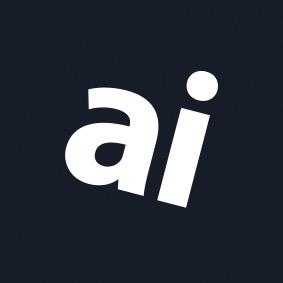OpenGL 2.1 may double performance under Leopard
A new implementation of the OpenGL industry-standard interface for developing portable, interactive 2D and 3D applications could offer as much as a twofold increase in performance when running under Apple Computer's forthcoming Leopard operating system.
According to a post on Apple's developer website, Mac OS X 10.5 Leopard will support the latest OpenGL 2.1 specification which adds pixel buffer objects, color managed texture images in the sRGB color space, and improvements in the shader programming API.
"Leopard also provides a dramatic increase in OpenGL performance by offloading CPU-based processing onto another thread which can then run on a separate CPU core feeding the GPU," the company told developers. "This can increase, or in some cases, even double the performance of OpenGL-based applications."
QuickTime enhancements
Meanwhile, Apple said improvements to QuickTime in Leopard will offer developers an easy way to build video capture into their applications.
By using the QTKit Capture API (application programming interface), developers will be able to instruct their applications to capture video from an iSight, USB (VDC) and FireWire (IIDC) devices, and DV cameras.
"QuickTime's plumbing is receiving significant upgrades in Leopard," the company said. "There have been significant enhancements in handling the H.264 encoding. Also, transparent alpha layers, an optional part of the H.264 specification, are now supported in H.264-based QuickTime movies."
QuickTime under Leopard will also support 64-bit, Apple added. However, the functionality for 64-bit QuickTime will only be provided via the QTKit framework. The existing C-based QuickTime API will continued to be supported only in 32-bit mode.
Xray for developers
Also of interest to Leopard developers is a new timeline-based performance visualization tool Apple is rolling out called Xray, which gives programmers the ability to see how their application works in a completely new and intuitive way.
"It let's you watch CPU, disk I/O, memory usage, garbage collection, events, and more in the form of graphs tied to time," the company explained. "For example, you can track UI events in real-time and see how they affect I/O activity and CPU load at the same time. And, once the data has been collected, you can scan back and forth through your application's run and see exactly what occurred, and when."
 Slash Lane
Slash Lane










 Malcolm Owen
Malcolm Owen
 Christine McKee
Christine McKee

 Amber Neely
Amber Neely

 William Gallagher
William Gallagher









